We rounded up 21 household savings tips that aren't time intensive or complicated, but can reap great rewards in the long run.
Try these out if you want to shave down your monthly bills and potentially save thousands of dollars over the course of a year.
Unplug your electronics at night and save $100 per year.
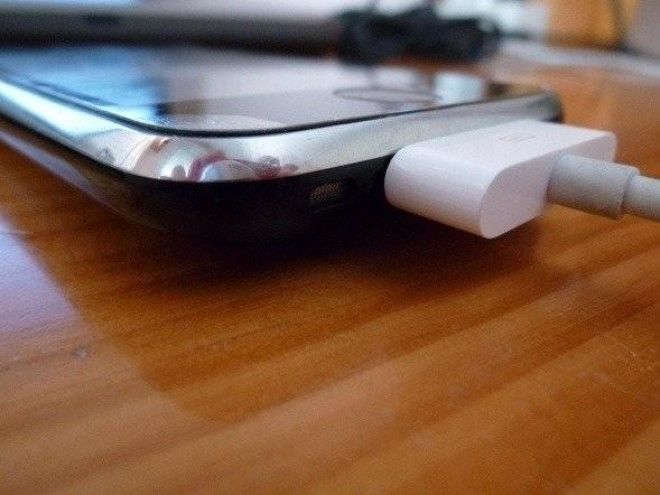
The typical American household owns 24 consumer electronics. What people don't realize is they are using electricity even when they're powered off.
US households spend as much as $100 per year powering these electronics.
Simple fix: Plug your devices into power strips and switch them off at once at the end of the day.
Install low-flow water faucets and save up to 60% on your water bill.
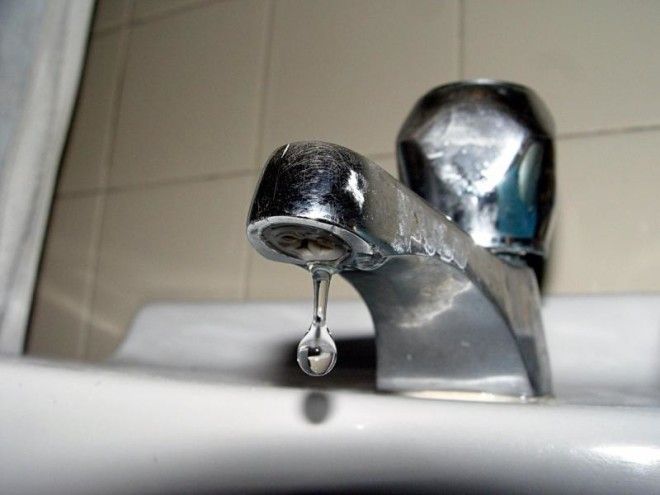
Do you really need a faucet with fire hydrant strength flow to do the dishes?
Chances are the answer is no, and by simply replacing your sink faucets with low-flow models, you could cut your water bill by 25% to 60%. Faucet aerators cost around $10 to $20 a piece, which is well worth the investment. If you want to save even more water and money, you can also install low-flow shower heads for about $20.
Update your light bulbs and save up to 80% on your electricity bill.

Switching out old light bulbs for compact fluorescent could save up to 80% on your electric bill. Yes, they cost a bit more than traditional bulbs — about $15 for a four-pack — but they last three to 25 times longer and use power more efficiently.
Replacing just five of your most frequently used lights with bulbs that have earned the ENERGY STAR certification could save you $75 a year. Check out this guide to choosing an ENERGY STAR bulb to find the right light for your home.
Seal windows and doorways to save 15% on heating costs.

A third of a home's total heat is lost through drafty windows and doors, and the EPA estimates sealing up cracks and adding proper insulation can save an average of 15% on heating and cooling costs.
Try using insulated window shades, weatherstrips or plastic film kits to seal up openings. Caulk is also a simple way to fill cracks in floors, windows and doorways. For drafty basement or attic windows, try gluing a piece of foam board to 3/8-inch drywall and fitting it snugly into the window frame.
Stop buying bottled water and save about $200 a year.
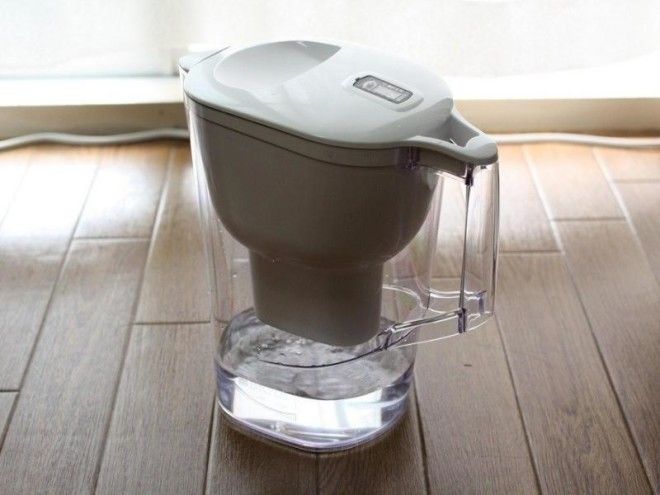
Bottled water is one of the biggest money sucks out there. If drinking from the tap is too much to bear, investing in a water filter is a simple and cost-effective alternative. If a family goes through a case of bottled water per week at $5 a case, the savings can be dramatic. With a basic Brita water pitcher ($23) and 12 filters ($60), you would save $177 a year.
Use curtains and blinds to cut cooling costs by 45%.

Summer and winter are the best times to use curtains sun as a natural heating/cooling system. Highly reflective blinds can reduce heat gain by around 45% during summer. The opposite applies in winter, when you should use window treatments to trap heat in. Most conventional draperies can reduce heat loss from a warm room up to 10%.
Stop buying all-organic produce and watch your grocery bill shrink.

Plenty of regular produce isn't "dirty" — or laden with pesticides — enough to warrant paying top dollar for organic versions, anyway. Check out the only foods worth buying organic — for everything else, go regular and watch your monthly grocery bill plummet.
Buy generic for the stuff you don't care about.

On a similar note, go generic whenever possible. Ramit Sethi, author of "I Will Teach You To Be Rich" estimates that this simple shopping habit could save you $50 to $500 a month.
"You have to prioritize because you can't have the best of everything," he writes. "Buy brand-name for the stuff you care about, and cut costs mercilessly on commodities you don't care about by buying generic."
Areas you may be able to save money on include: toiletries, food, certain clothes, and pet supplies. What is important to you? And what are you willing to sacrifice? Establish what you want to prioritize and what you can de-prioritize.
Insulate your hot water heater to save up to 9% on utilities.
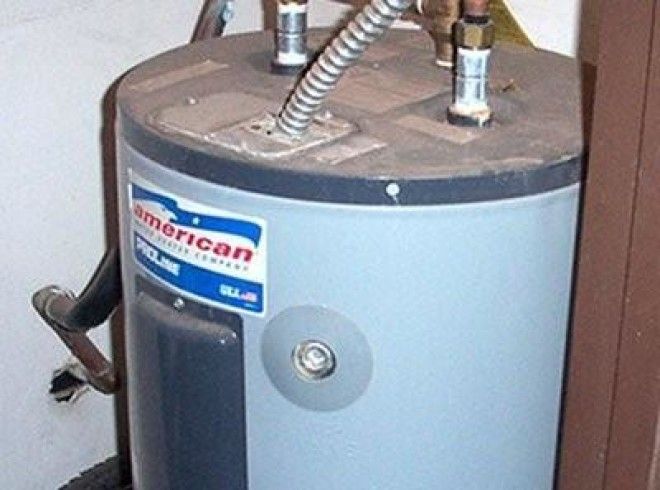
Insulating your hot water tank (and the pipes around it) is an simple way to save money on utilities, since it keeps heat from escaping and getting wasted in colder months. Buy a $20 insulating blanket and you'll be able to trap in up to 40% more heat, saving as much as 9% on your bill.
Use free veterinarian clinics to save up to $340 per year.

Even if your pet is the picture of good health, annual veterinarian checkups can cost up to $140 for kittens and puppies and as much as $340 for geriatric cats and dogs. Save by seeking out free clinics, which some vets host one or two times a year.
"My husband and I always schedule check-ups and vaccinations during these times," writes Kendal Perez of Hassle-free Savings. "If your vet doesn't offer this service, check with your local Humane Society or animal-control unit for recommendations."
Ignore 'Sell By' dates to stop wasting food and save up to $500 a year.
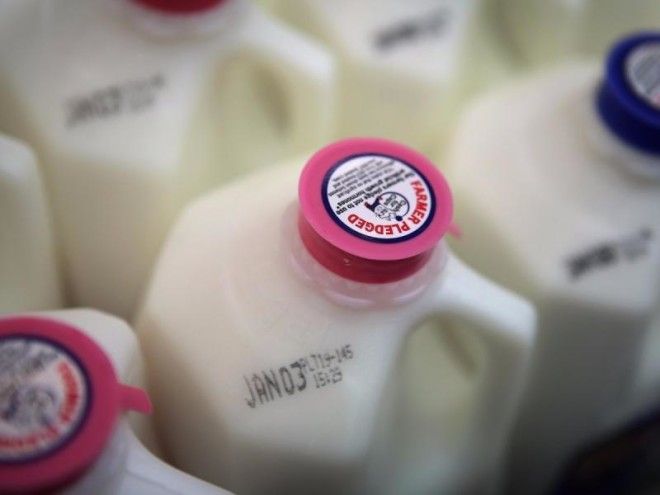
The average American wastes about $28 to $43 in food each month — roughly 20 pounds of food — according to the National Resource Defense Council. It helps to start ignoring "sell-by" and "use-by" dates. They are not federally regulated and do not indicate safety, except on certain baby foods, the NRD says. They are simply suggestions, and a lot of foods can last for 15 days after those dates. When in doubt, throw it in the freezer to get the most out of it.
Browse the web for coupon codes before buying anything online.

If you're shopping online without browsing for coupon codes, you're missing out on a lot of potential savings power. Try RetailMeNot, CouponSherpa, and Coupons.com, all of which have handy apps you can use on your phone. Also, browse Freeshipping.org to find all sorts of coupon codes for free shipping online.
Implement the 'à la carte' method to save money on subscriptions.

This technique takes advantage of psychology to cut our costs, and could save $10 to $100 a month, Sethi explains "I Will Teach You To Be Rich."
"Cancel all the discretionary subscriptions you can: your magazines, TiVo, cable — even your gym," he writes. "Then, buy what you need à la carte. Instead of paying for a ton of channels you never watch on cable, buy only the episodes you watch for $1.99 each off iTunes. Buy a day pass for the gym each time you go."
It works for three reasons, Sethi writes: You're likely overpaying already, you're forced to be conscious about your spending, and you value what you pay for.
Plan your shopping trips around common sales cycles.

Everyone knows the best times to find deals on summer clothing is typically in winter, and vice versa. But there are even more sales cycles to learn about and leverage. For example, January is the best month to buy suits and bicycles, and May is the best month to score a deal on mattresses and refrigerators.
Invest in a programmable thermostat and save about $150 per year.
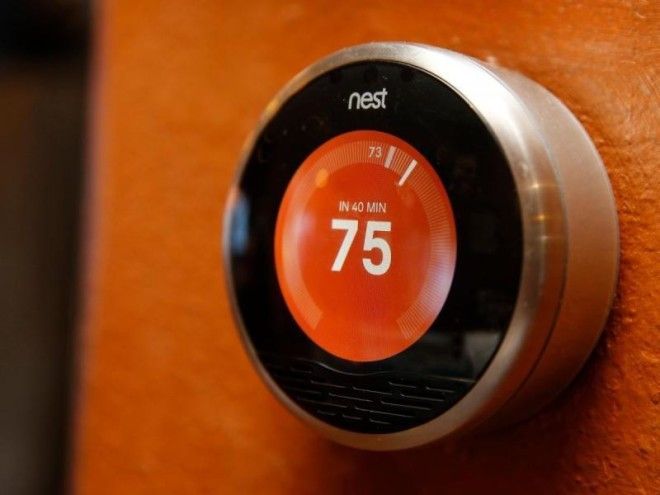
If you work long hours or are away from home much of the time during the week, a programmable thermostat that allows you to adjust heat and cooling settings according to a pre-set schedule is a no-brainer. The amount of money you'll save can vary drastically — based on your utility costs, the type of heating or cooling system in your home, and the size and average temperature of your home — but on average, a programmable thermostat will cut your utility bills by $130 to $145 a year. You can find a simple one for $20.
Change your car's air filter to save gas money.

If left unchanged, air filters get clogged up with gunk that can cost you up to 7% of your gas mileage, meaning a car that normally gets 20 miles per gallon would get 18.6 miles per gallon. In the long run, that extra gas money will add up.
Change the filter yourself or drop $25 for a mechanic to do it. How often you change it depends on your road and weather conditions, but the general rule of thumb is every 10,000 to 12,500 miles.
Clean your dryer lint trap to increase efficiency by 75%.
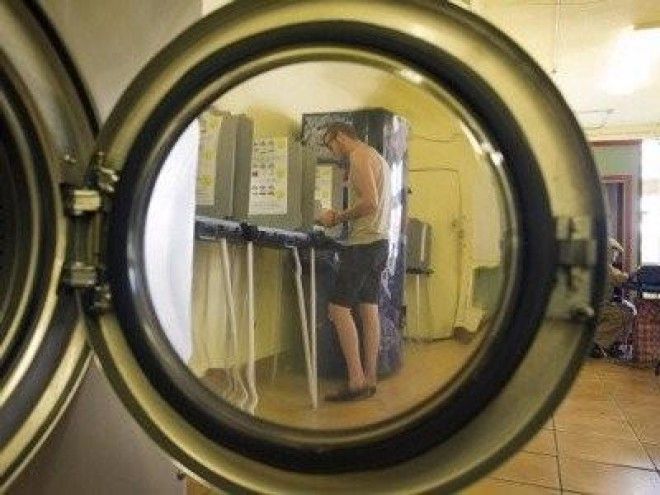
It seems like a no-brainer but forgetting to clean the lint trap on your dryer makes a huge difference. Depending how much lint builds up and the type of dryer you have, you could see your efficiency reduced by 75%. And a less efficient dryer means two things: Higher energy bills and a shorter lifespan for your appliance.
Use the right-sized cookware and save $36 per year.
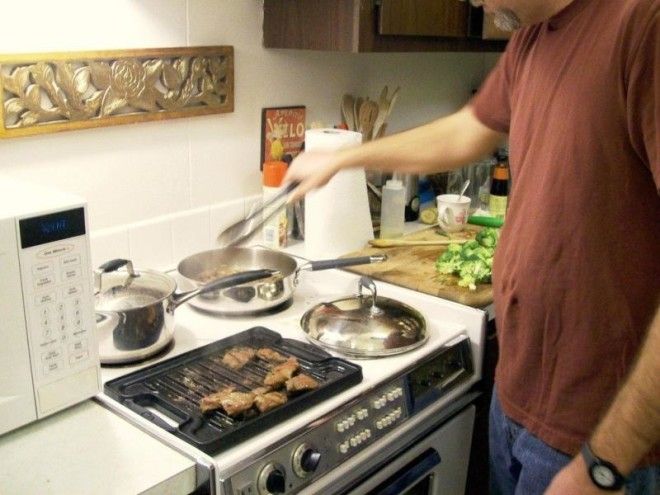
Size does matter when it comes to picking out cookware. Using pots and pans with flat bottoms that fit the burners can mean the difference between saving or wasting a ton of energy. For example, a 6" pot on an 8" burner wastes over 40% of that burner's heat. The average savings earned by using the right pots are about $36 annually for an electric stove and $18 for a gas range.
Cut cable and save about $650 a year.

The average American household pays $64 a month for cable, the International Business Times reports, which comes out to $768 a year. That's a large sum to pay for a service that people often don't take full advantage over. One such alternative, Netflix, costs only $8 per month and provides more than enough entertainment to satisfy most families. A year of Netflix would cost you about $100, meaning you'd save over $650 in cable costs.
Check out more cable replacements if you're tired of excessive channels and outrageous bills.
Buy produce when it's in season and save up to 15% on grocery bills.

If you buy produce when it's out of its natural growing season, chances are you'll not only get an inferior product, but you'll pay more for it, too. Ethnic grocery stores are an excellent source for regionally-specific produce like avocados, mangoes and limes, and buying produce that is in season could help you save 10 to 15% on average. You could also try your local farmer's market for fresh, in-season produce.
Cook with a crock pot and save over $2,000 each year.
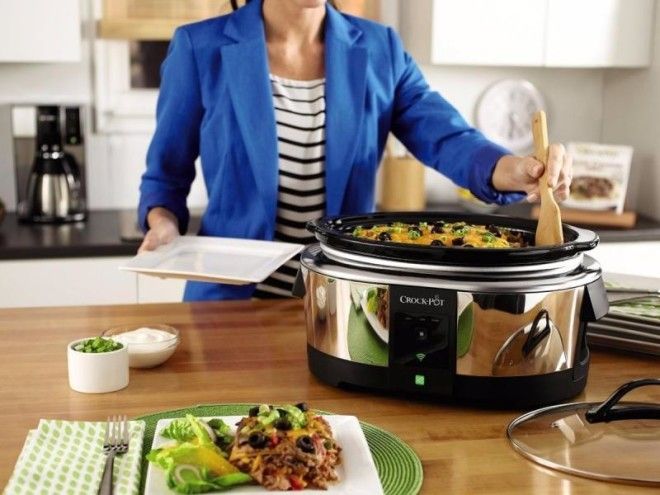
A $50 programmable slow cooker is one of the best investments you can make. With the average American family eating out or ordering in at least once a week — and with the average takeout dinner or restaurant meal costing upwards of $50 for a family of four — restaurant bills add up quickly.
If a crock pot meal costs around $2 per person, trading in a crock pot meal for take-out just once per week would mean $2,135 in savings each year. Imagine how much you could save if you stop heading to restaurants two or three times a week.

